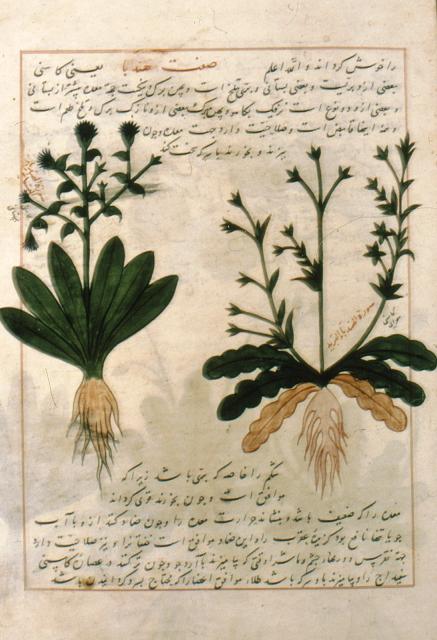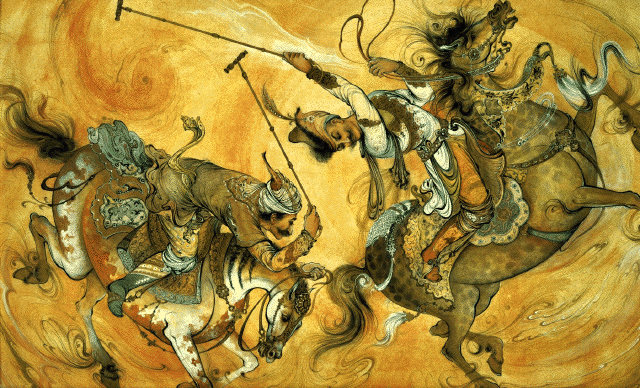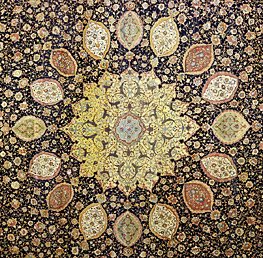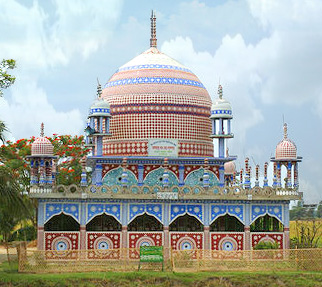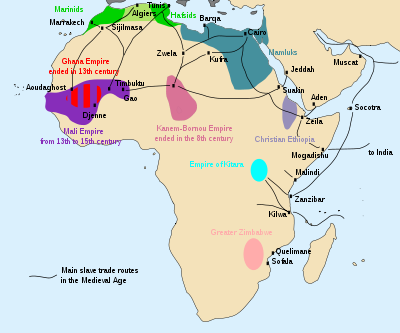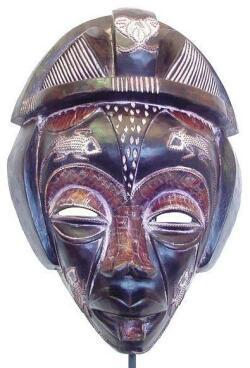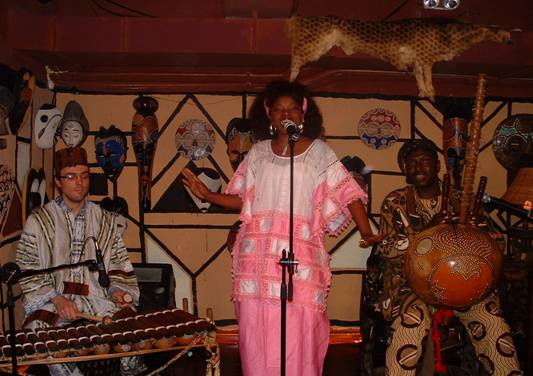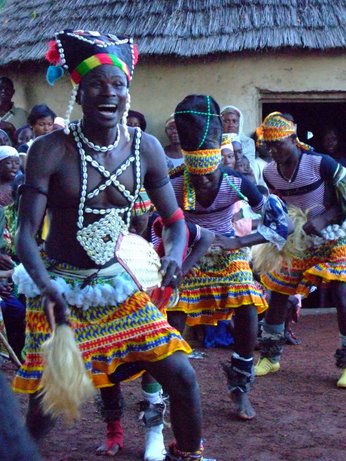Islamic Civilization
There were many contributions made by Muslims to world civilizations. Muslims ruled Spain, the Middle East, North Africa, and a lot of Central Asia. Many of the cultural influences blended in the region. The Persians, Turks, and Arabs helped to build the Islamic civilization. The Islamic world was creative, diverse, and rich. Muslims mainly learned from the ancient Chinese, Hindus of India, and the Greeks. Scholars spread the knowledge and ideas and had a great impact on the other cultures because they traveled and exchanged ideas around the Islamic world. Many people who lived in the Middle East and North Africa spoke Arabic. There are also different types of varieties of Arabic that people use. Arabic is widely used.
Five Areas of Achievements
Five areas of achievement are recreation, art and music, medicine, science and technology, and scholarship and learning.
Trans-Saharan trade is trade across the Sahara between Mediterranean countries and sub-Saharan trade.
Medicine
Muslims made some of the most important contributions in the feild of medicine. Muslims learned a lot from the Greeks, Mesopotamians, and Egyptians. Muslim docters established the worlds first hospitals.
Polo
Muslims first learned about the game of polo from the persians. Polo is a sport that Muslims adapted to and changed the game. The game of polo is enjoyed all over the world today.
Textiles
Muslims in medieval time brought great artistry to making textiles Manufactured clothes or textiles had long been important to the Arab people.
Zoology
Many Muslims scholars became interested in zoology, the scientific study of animals. Muslims established zoological gardens or zoos where animals that were exotic were displayed.
Mosques
Muslims created distictive forms of architechture including mosques the Muslim house of worship. Muslims usually had a tower with a small balcony. Inside the mosque usually was a prayer room.
Tran-Saharan Trade Route Map
Four Legacies From African Music and Visual Arts
Four legacies from African music and visual arts are sculptures, masks, musical instruments, and dance.
Sculptures
Terra-cotta is a baked clay often used to make pottery and sculptures. Terra-cotta is also used to create scuptures of humans. The sculptures usually have long narrow heads, odd or unusual hair styles, and dramatic expressions.
Masks
For many centuries wooden masks have been part of West African life. These masks were wore in preformances, ceremonies, and sacred rites. They were used to bring the spirits of ancestors and gods into the present. Their masks are detailed abd expressive. They are very inspiring.
Musical Instruments
There are three traditional African instruments and they are balafon, kora, and ngoni. The balafon is made of wooden bars laid across a frame. The balafon is used today in modern Guinea. The ngoni is made of hollow out piece of wood carved in the shape of a canoe. The ngoni is used today is Mali. The kora has 21 strings and the body is gourd that has been cut in half and covered with cow skin.
Dance
Dance is as much as a part of life as singing an ddrumming are for West Africans. West Africans preform dances for all sorts of occasions including during rituals, ceremonies, and to mark important events. Also dances can celebrate sucess and to seek the help of spirits and connect with dead anncestors. Dance movements reflect the condition people are living in.
